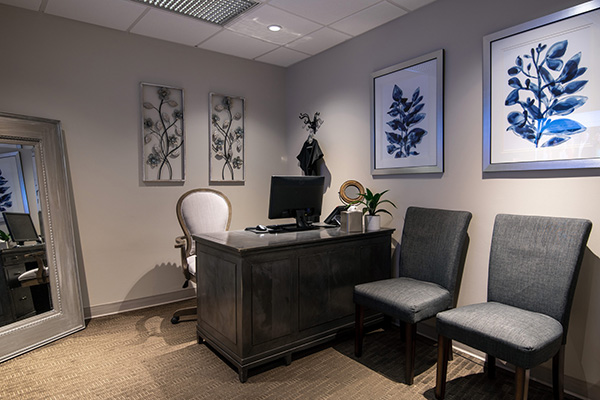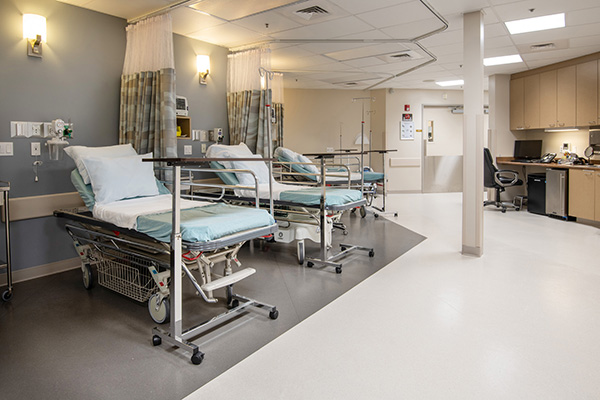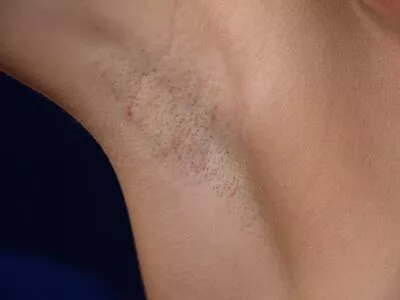Introduction: Comprehending Fat Transfer Procedures
In recent years, plastic surgery has actually seen a rise in popularity, mostly due to advancements in methods and technology. Amongst the numerous procedures readily available, fat transfer has emerged as a preferred choice for those seeking natural-looking enhancement. From breast enhancement to facial rejuvenation, fat transfer offers various advantages, including reduced healing time and minimized risks associated with artificial implants. breast augmentation This detailed guide aims to debunk "The Anatomy of an Effective Fat Transfer Treatment Explained", supplying in-depth insights into what makes this procedure effective.
What is Fat Transfer?
Fat transfer, likewise known as lipofilling or fat grafting, includes drawing out fat from one area of the body and injecting it into another. This technique is frequently utilized for enhancing body shapes, improving volume in areas like the breasts or butts, and renewing the face. Unlike conventional breast enhancement that uses implants, fat transfer breast augmentation uses your body's own fat, making it a more natural approach.
Why Pick Fat Transfer?
Many people prefer fat transfer over other techniques due to its natural results and double benefits: they can shed excess fat from locations where it's undesirable while adding volume where it's desired. Moreover, the danger of allergies is very little because there are no foreign products involved.
The Advantages of Fat Transfer Breast Augmentation
Natural Appearance: Among the main factors females go with fat transfer breast enhancement is the improved natural appearance it supplies compared to conventional implants.
Dual Procedure: Patients can contour their bodies by removing fat from areas like thighs or abdomen while gaining volume in their breasts.

Reduced Danger of Rejection: Given that the procedure uses your body's own tissue, there's substantially less opportunity of an adverse reaction.
Minimal Scarring: Small cuts produced harvesting fat cause less visible scars than traditional surgical methods.
Less Complicated Recovery: Lots of clients report shorter recovery times compared to implant surgery.
The Anatomy of a Successful Fat Transfer Procedure Explained
An effective fat transfer treatment hinges on numerous important factors that add to optimal outcomes. Here's a comprehensive breakdown:
Preoperative Assessment
Before going through any surgical procedure, extensive consultation with a qualified surgeon is necessary. Throughout this stage:
- Patients discuss their goals and medical history. A physical examination determines ideal donor websites for fat removal. The surgeon assesses skin condition and general health.
Understanding these aspects helps in crafting a personalized surgical plan tailored particularly to you.
Selecting Your Cosmetic surgeon Wisely
Choosing a knowledgeable board-certified cosmetic surgeon is critical for any cosmetic procedure-- particularly one as elaborate as fat transfer. Search for cosmetic surgeons who concentrate on both liposuction and breast augmentation surgeries near you.

Harvesting Fat: Techniques Used
The method used to collect the fat significantly affects the success rate of your procedure. There are various techniques offered:
- Tumescent Liposuction: Includes injecting saline service into the target location before extracting fat cells. Power-Assisted Liposuction: Utilizes vibration technology to assist in much easier extraction. Ultrasound-Assisted Liposuction: Utilizes sound waves to melt fats before suctioning them out.
Each method has its advantages and disadvantages based upon your specific needs and body type.
Processing the Extracted Fat
Once harvested, the drawn out fat should undergo processing to different practical cells from impurities such as blood and oil:
Centrifugation: This method spins the extracted fat at high speeds to separate healthy adipose cells.
Filtration: Some surgeons opt for purification rather of centrifugation to eliminate unwanted debris.
This careful preparation makes sure only high-quality cells are reinjected into targeted areas.
Injection Methods Matter
How and where the processed fat is injected plays an essential role in accomplishing wanted results:
Layered Injection Technique: Injecting small amounts of fat at differing depths permits better combination with surrounding tissues.

Micro-Injection: Utilizing small cannulas ensures accuracy positioning while lessening trauma.
These advanced methods contribute substantially to maximizing survival rates of transferred fats-- leading ultimately to improved aesthetic results.
Aftercare Following a Fat Transfer Procedure
Proper aftercare is vital post-surgery for both recovery and attaining ideal outcomes:
Follow-Up Appointments: Routine check-ins with your surgeon assistance keep track of recovery progress.
Activity Restrictions: Prevent exhausting activities that might disrupt healing throughout early recovery phases.
Compression Garments: Wearing these can help in minimizing swelling around donor sites while supporting newly augmented areas.
Hydration & Nutrition: Staying hydrated and keeping well balanced nutrition contributes favorably towards healing speed and general health throughout this period.
FAQs About Fat Transfer Procedures
1. For how long does a normal fat transfer procedure take?
A basic session generally lasts between 2-4 hours depending upon the intricacy included with both harvesting and injecting processes.
2. Exists any downtime connected with this procedure?
While most patients can return home within a few hours post-surgery, complete recovery may take weeks; nevertheless many resume light activities within days following surgery.
3. Will my outcomes be permanent?
While fat transfer breast augmentation Castro Valley some moved fats might be reabsorbed by your body over time (typically around 20%-40%), remaining volumes usually last long-term supplied you preserve steady weight levels post-procedure.
4. Can I combine this treatment with other surgeries?
Yes! Many individuals choose mixes such as tummy tucks or facelift treatments along with their lipofilling sessions for comprehensive outcomes tailored towards individual goals!
5. Do I need basic anesthesia during surgery?
Most typically local anesthesia combined with sedation is sufficient; nevertheless options depend on patient choices along with surgeon recommendations based upon specific situations experienced during consultations!
6. Exists any scarring after going through lipofilling?
Incisions made during gathering process tend towards minimal scarring; nonetheless thorough post-operative care improves recovery leading towards even lower visibility!
Conclusion
"The Anatomy of a Successful Fat Transfer Procedure Explained" showcases just how transformative this ingenious strategy can be-- providing people not just aesthetic improvements but likewise restored self-confidence rooted deeply within themselves! By comprehending each action involved-- from initial consultations through postoperative care-- you equip yourself fully prepared taking on choices relating to prospective surgeries consequently making sure gratifying experiences throughout whole journey ahead! If you're considering alternatives like breast enhancement surgical treatment near me or exploring sophisticated methods such as "fat transfer breast enhancement", keep in mind that knowledge genuinely empowers options leading towards finest possible outcomes lined up closely with private desires transforming visions into reality!
This post functions as an extensive guide on comprehending every aspect related specifically concerning effective executions relating to procedures surrounding effective use relating fats while attending to concerns aiming promote safety together with satisfaction among prospective prospects looking boost lives through cosmetic transformations!